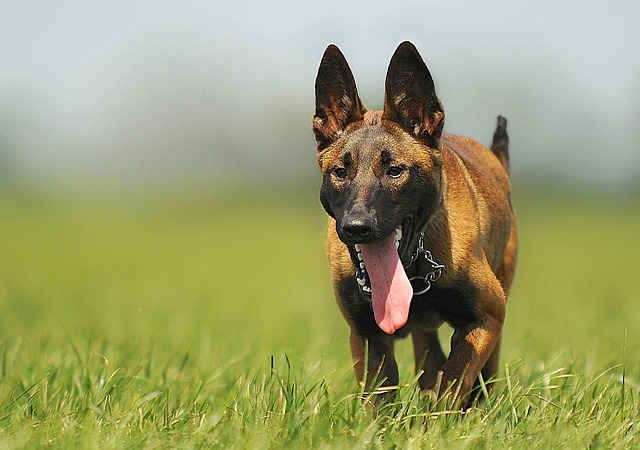Pairing child with canine might seem an obscure way to improve inclusion, but the therapeutic benefits are something to bark about!

I have always tried to find creative ways to support and stimulate inclusion at school - some are more off-the-wall than others! The aim is always to give young people experiences that they remember forever.
We organised a basic dog obedience and healthcare course, involving a group of eight young people, each with a parent/carer and pet. The course involved:
Outcomes
Not only did the young people express an interest in the activities, but were actively listening and communicating with one another. The dogs themselves were much more playful and better behaved by the end!
Therapeutic aspect
A psychologist and psychotherapist supported us in delivering these sessions. They drew attention to the therapeutic benefits of dog training and assisted animal psychotherapy.
'This programme has incorporated the use of dog training techniques, pet care information, canine interaction and experiential therapy with a small group of children selected from the nurture group and selected other individuals.
The children have experienced interactive emotional control and have learned (through the immediacy of experience) how their emotional states and behaviour affect the presentation of the dog. Some children have changed dog partners because the impact of their behaviour/emotional state did not match the particular animal.
The children have learned how to direct the dog and to take control of their situations through assertiveness and self focus.
Initially, all of the children were being led by the dogs and felt unable to control the situation; over the space of 5 weeks, the children had all made remarkable progress in assertive leadership of their animal partner. The increase in confidence in the children and their canine partners was tangible.
The children have experienced reciprocal bonding and affection with their dog partner through handling, grooming, health care and fun.
Most importantly, the children have experienced boundaries in their own behaviour and applied boundaries to their dog's behaviour in order to achieve shared aims, goals and achievements. Some children had the benefit of parent involvement and other children engaged with me as an emotional anchor within the process. Additional intervention from school staff was not necessary within this process.
This has been a profound experience as a psychotherapist and animal assisted psychotherapist; I have enjoyed the interagency approach of working with the school, the dog trainer and educational psychologist.'
Jack, one of our students on the autistic spectrum in Year 7, thoroughly enjoyed the sessions, as did his mum! He enjoyed getting to know the other dogs, and then the next day telling his form tutor and friends all about it – the interest from other students in Jack’s animated stories about the sessions was even more powerful, as verbal interaction and reciprocal communication had never been so strong.
Many may consider this a real luxury. However, the outcomes directly related to the sessions for individual students, their dogs and the parents/carers have been immense!
We intend to replicate these sessions as part of transition events for Year 6 students – to provide a really unique start to their time at secondary school.
The training was delivered and supported by: